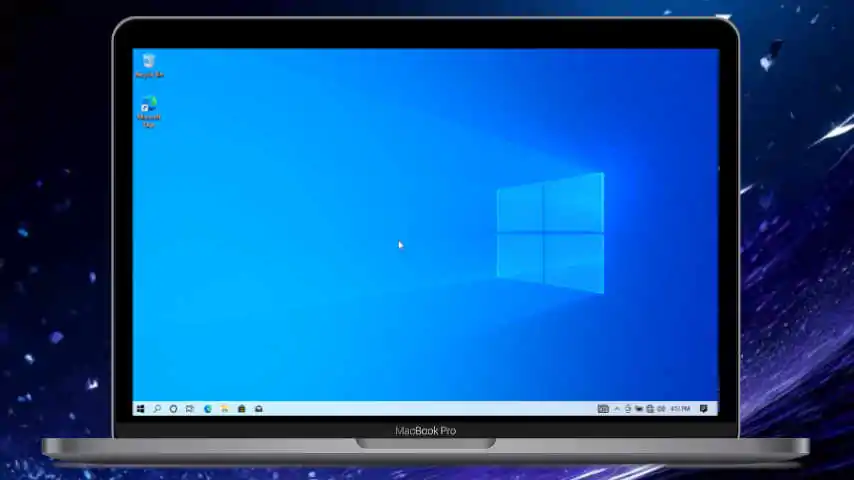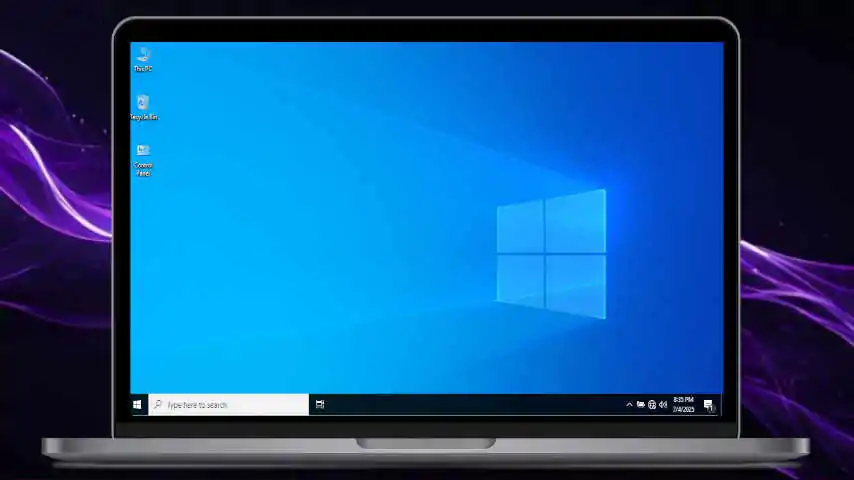
Whether you’re building a new PC, replacing your old operating system, or reinstalling to fix issues, installing Windows 10 Pro is a straightforward process—when done right. This guide walks you through each step, from preparation to post-install setup, ensuring a smooth experience for beginners and pros alike.
🧰 What You’ll Need
Before you begin, make sure you have the following:
- ✅ A PC that meets the minimum system requirements
- ✅ Windows 10 ISO file, Detailed here Download Windows 10 Pro ISO
- 💽 A bootable USB drive (32 GB or more) with Windows 10 installation media
- 🔑 A valid Windows 10 product key (can be entered during or after installation)
- ⚠️ Backup of your files, if installing over an existing OS
💿 Prepare the Bootable USB Drive:
- Download Rufus
Download and install Rufus from the official website. - Insert USB Drive
Plug your USB flash drive into your PC or Laptop. - Open Rufus
Open Rufus and select the USB drive under the “Device” section. - Select the Windows 10 ISO
In the “Boot selection” menu, click on “SELECT” and browse for the Windows 10 ISO file you downloaded. - Configure the Settings
* Partition Scheme: MBR (for BIOS/Legacy systems) or GPT (for UEFI systems).
* File System: NTFS.
* Cluster Size: Default. - Start the Process
Click on START to begin creating the bootable USB drive. This may take several minutes. - A bootable USB Flash Drive is ready
🖥️ Step-by-Step Windows 10 Installation Process
1️⃣ Insert the Bootable USB and Restart the PC
- Plug in your Windows 10 bootable USB.
- Restart your PC and enter the BIOS/UEFI (usually by pressing
F1,F2,ESC,DEL, orF12at startup). - Set your USB drive as the primary boot device.
- Save changes and exit.
2️⃣ Start Windows 10 Setup
You’ll see the Windows logo and the setup will begin.
- Choose your language, time, and keyboard preferences.
- Click Next, then click Install now.
⚠️ If you’re doing a clean install, select “Custom: Install Windows only (advanced)” when prompted.
3️⃣ Enter Product Key or Skip
- Enter your Windows 10 product key.
- If you don’t have one yet, click “I don’t have a product key” to proceed.
💡 You can activate Windows later through Settings > Update & Security > Activation.
4️⃣ Select Edition and Partition
- Choose the correct Windows 10 edition (Pro, Home, etc.) that matches your license.
- Select the drive or partition where you want to install Windows.
- You may delete existing partitions to install fresh.
- Select the target partition and click Next.
🛑 Deleting partitions will erase all data—make sure you’ve backed up important files!
5️⃣ Windows Installation Begins
Windows will now:
- Copy files 🗂️
- Install features and updates 🔄
- Restart several times 🔁
This step can take 10–30 minutes, depending on system speed.
👤 Initial Setup & Configuration
Once installation is complete, you’ll be guided through setup:
🧑💻 Create a User Account
- Sign in with a Microsoft account or create a local account.
- Choose a username and password.
🌐 Connect to Wi-Fi
- Select your Wi-Fi network and enter the password to get online.
🔐 Choose Privacy Settings
- You’ll be asked to review privacy options (location, diagnostics, etc.).
- Adjust settings to your preference or keep the defaults.
🧩 Post-Installation Tips
Once you reach the desktop, here’s what to do next:
✅ Activate Windows
- Go to Settings > Update & Security > Activation
- Enter your product key or log into your Microsoft account
🔄 Install Drivers
- Windows 10 will automatically detect and install most drivers.
- Visit your PC or motherboard manufacturer’s site for latest drivers.
📦 Install Essential Software
- Web browser (Chrome, Firefox, etc.)
- Antivirus (Windows Defender is built-in)
- Productivity tools (Office, Notepad++, etc.)
🌟 Use Windows Update to download the latest system updates.
🏷️ Recommendation
🧠 Final Thoughts
💿 Installing Windows 10 is easier than ever thanks to Microsoft’s user-friendly setup process. Whether you’re upgrading, performing a clean install, or setting up a new system, following the right steps ensures a smooth and secure start.
@mainthebest.com

 Windows 10 Pro – The Ultimate OS for Power User 🖥️
Windows 10 Pro – The Ultimate OS for Power User 🖥️ Download Officially Windows 10 Pro ISO 📥
Download Officially Windows 10 Pro ISO 📥 How to Install Windows 10 Tiny10 on Any PC 🛠️
How to Install Windows 10 Tiny10 on Any PC 🛠️ Download Windows 10 Tiny10 ISO (32-Bit & 64-Bit) 📥
Download Windows 10 Tiny10 ISO (32-Bit & 64-Bit) 📥